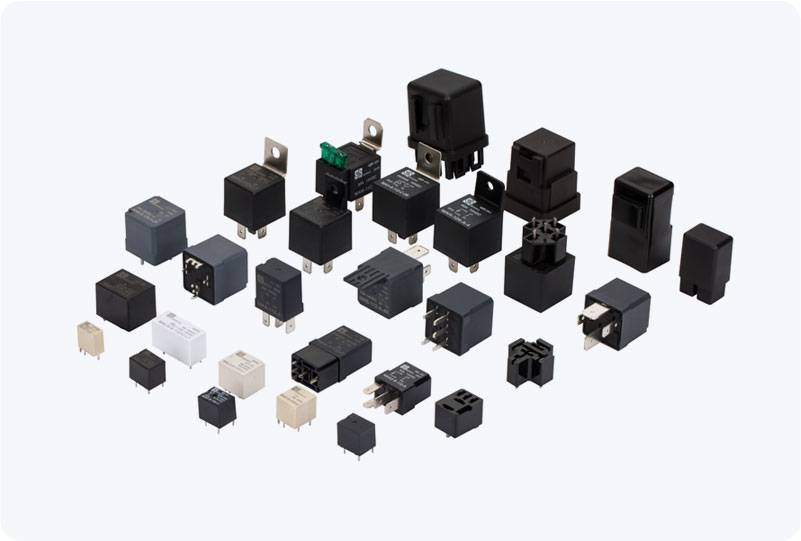Arc Suppression Relay (ASR) plays a crucial role in enhancing the reliability and safety of electrical systems. It is designed to prevent the occurrence of harmful electric arcs during the switching process in high-voltage electrical circuits. Arc suppression is a vital aspect of electrical protection, especially in systems where frequent switching operations are performed or where high current and voltage are present. This article delves into the working principle, applications, and significance of the Arc Suppression Relay in modern electrical systems.

What is Arc Suppression Relay? An Arc Suppression Relay is a protective device that helps prevent or minimize the formation of electric arcs when a circuit is opened, particularly under load conditions. When an electrical contact is made or broken in a circuit, a high-temperature arc can form between the contacts. The arc can cause significant damage to the contacts, insulation, and even the entire electrical equipment. More importantly, it can pose a severe fire hazard and result in system downtime, leading to substantial economic losses. The ASR works by detecting the presence of an arc and triggering mechanisms that suppress or eliminate the arc before it can cause further damage. This is achieved by using advanced detection and control technologies that monitor the electrical parameters, such as current and voltage, during the switching process.